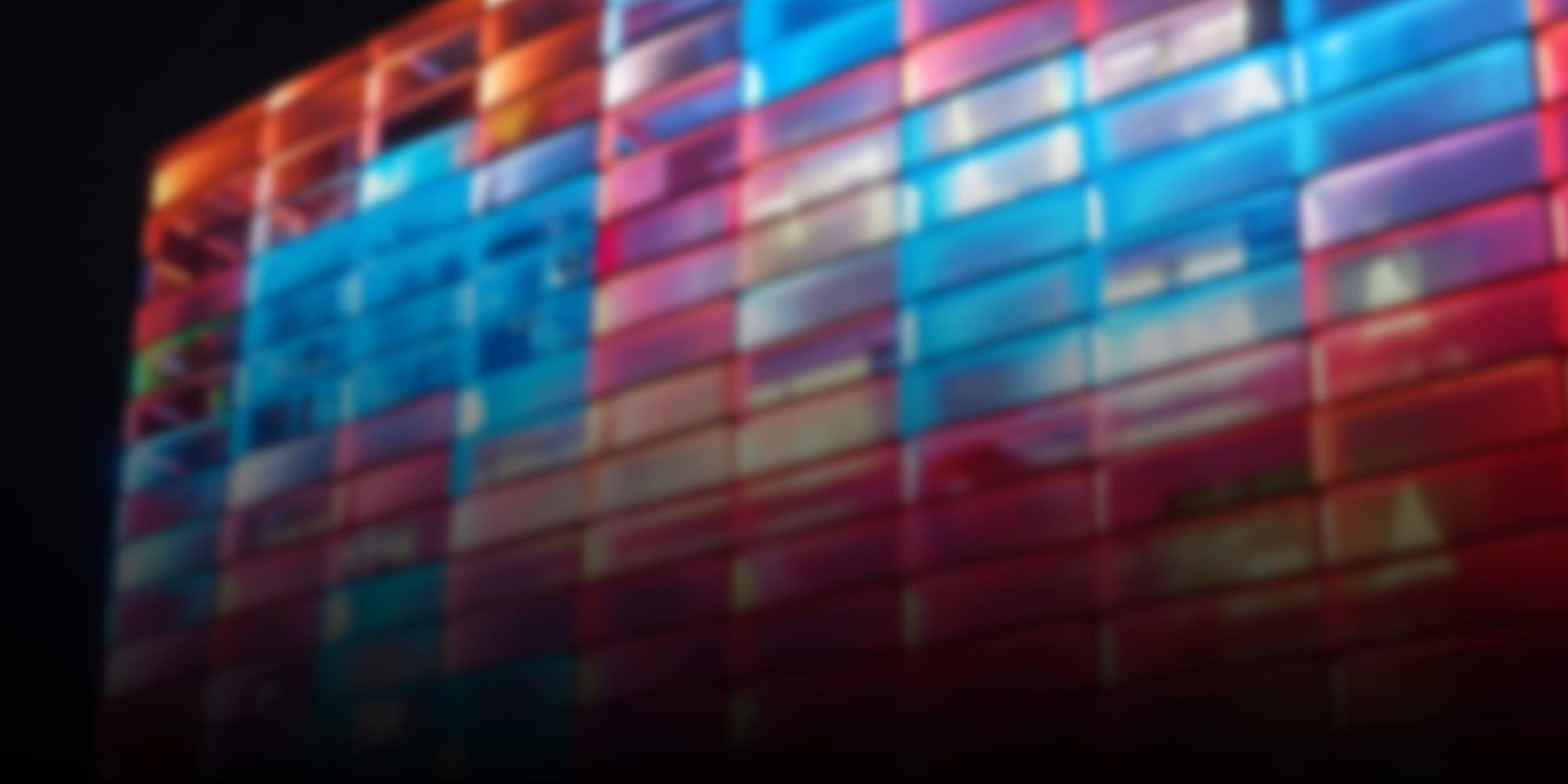
Robotics
-
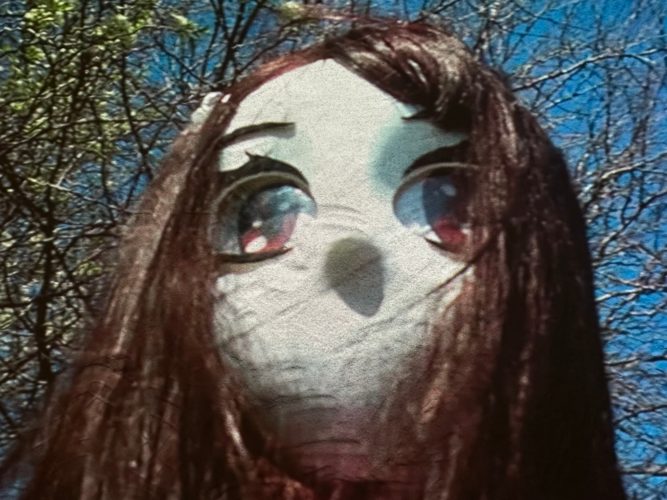
Who needs art in times like these?
Amid global crises and radical upheavals, the Ars Electronica Festival asks what role art can play—as a catalyst for new perspectives, as a space for reflection, and as a driving force for a collectively shaped future.
-
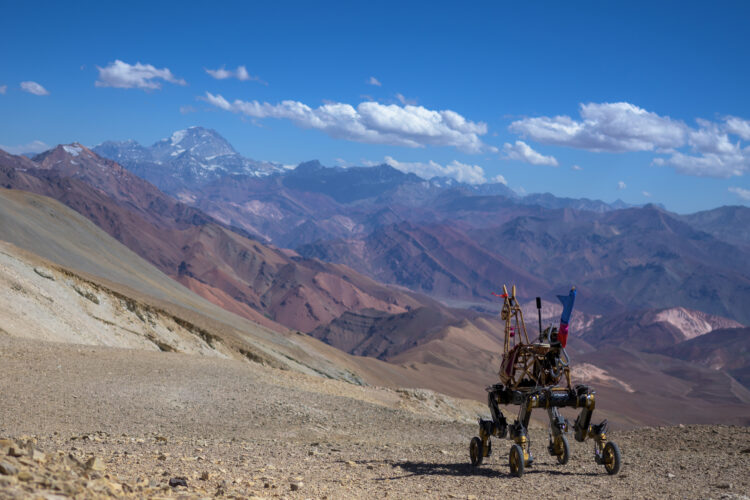
A Robot’s Liberation
Guanaquerx by Paula Gaetano Adi, winner in the Artificial Life & Intelligence category 2025, reclaims the Andes as a site of resistance and reimagines robotics as a tool for planetary liberation.
-
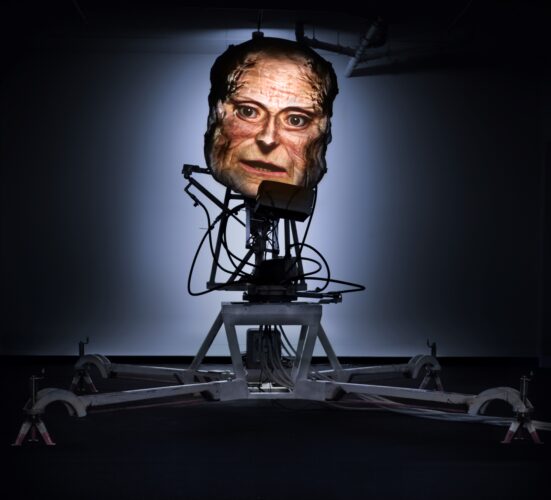
Words as Weapons
Requiem for an Exit by Frode Oldereid and Thomas Kvam, winner of a 2025 Golden Nica, explores memory, violence, rhetoric, and the unsettling voice of a machine.
-

Sound as a living process
This year’s Golden Nica in the category “Digital Musics & Sound Art” goes to media artist Navid Navab and Garnet Willis for their project “Organism.”
-
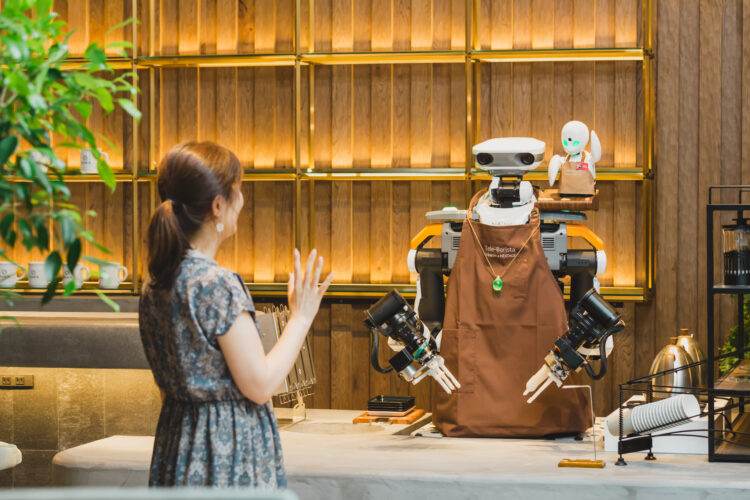
Cutting Edge: Avatars of Humanity
“Cutting Edge” is a new blog series in which Ars Electronica team members present outstanding artistic projects. In the first edition, Gerfried Stocker introduces a project that shows how technology can create closeness: In the ‘Avatar Robot Café,’ people with severe physical disabilities are integrated into everyday working life via robots.
-
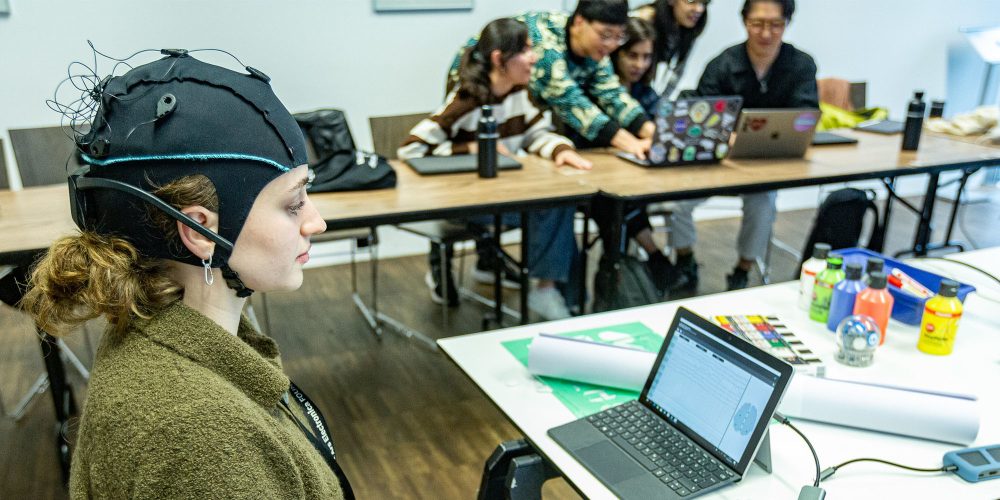
The Mind-Machine Meld: Exploring the Intersection of Neuroscience and Cybernetics
In the ever-evolving landscape of science and technology, two disciplines have emerged as powerful catalysts for reshaping our understanding of the human experience: neuroscience and cybernetics.
-
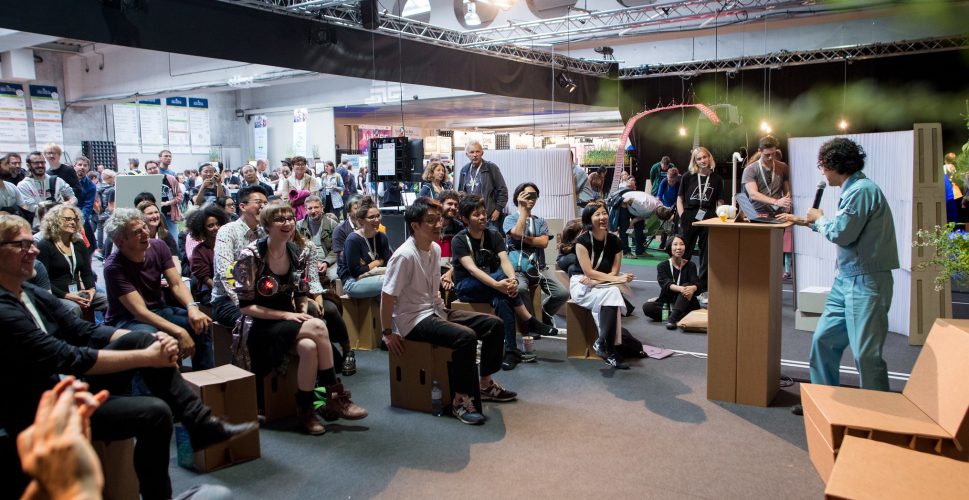
The Open Futurelab invites you: Get active for new hope
Re-experience technology as a social tool and discuss “What are the Futures?” – with the Futurelab at the Ars Electronica Festival.
-
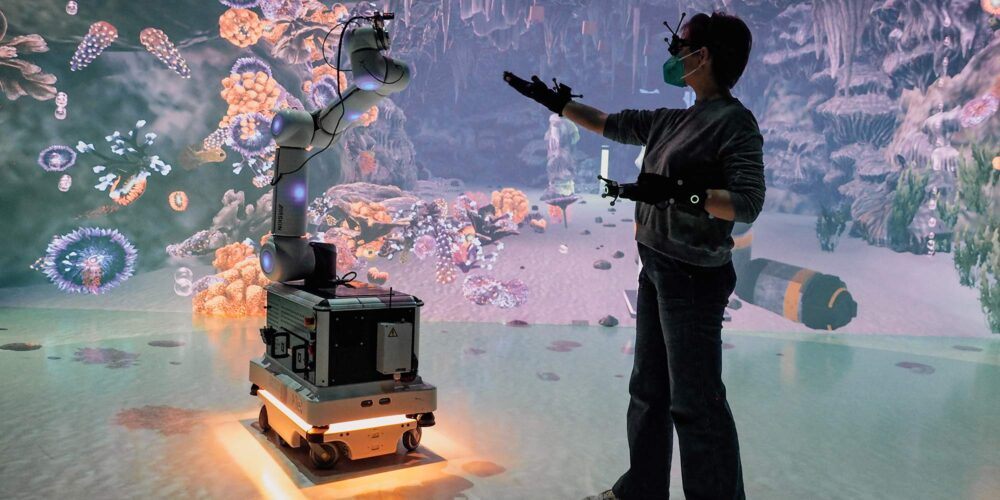
High-tech psychology in Deep Space 8K
Humans, robots, mixed reality and the future of work: the Ars Electronica Futurelab as part of the CoBot Studio research project.
-
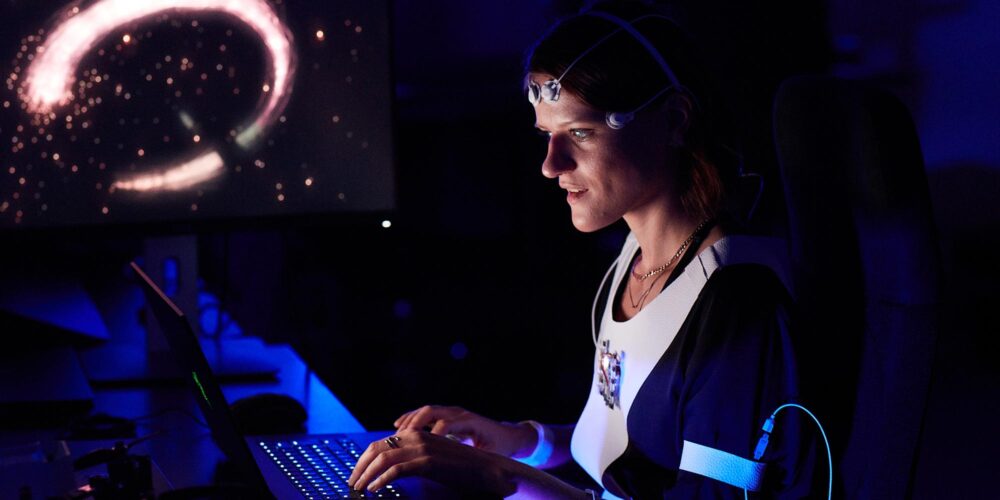
That’s why we are so fascinated by technology
We experiment, develop and tell stories with technology. The first part of Ars Electronica’s 2022 Year in Review shows how.
-
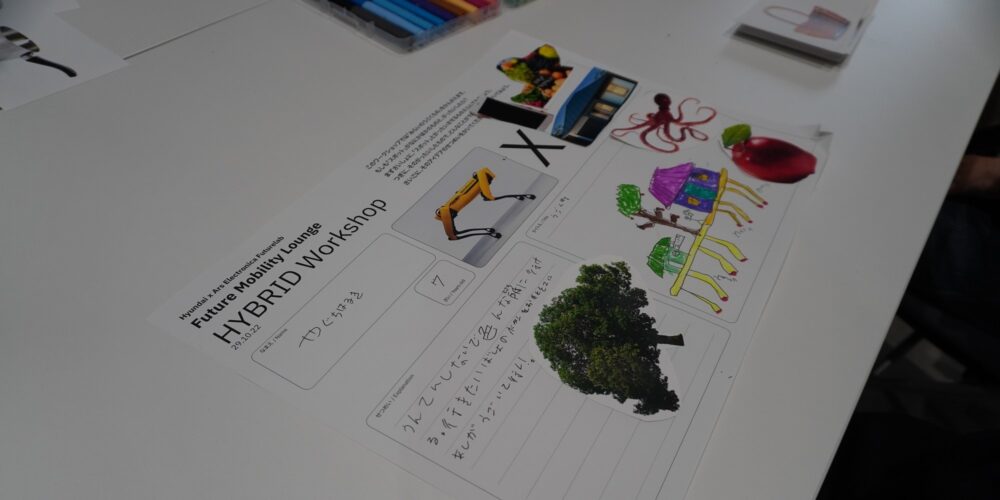
Spot and the mobility of future generations
Finding new ideas for sustainable mobility, with AI and Boston Dynamics’ robot: A unique event in Japan included experts and families alike.
-

The slightly different café
This year, the Golden Nica in the Digital Communities category goes to Ory Yoshifuji, Co-founder CEO, Ory Laboratory Inc. for his project Avatar Robot Cafe DAWN ver.β.
-
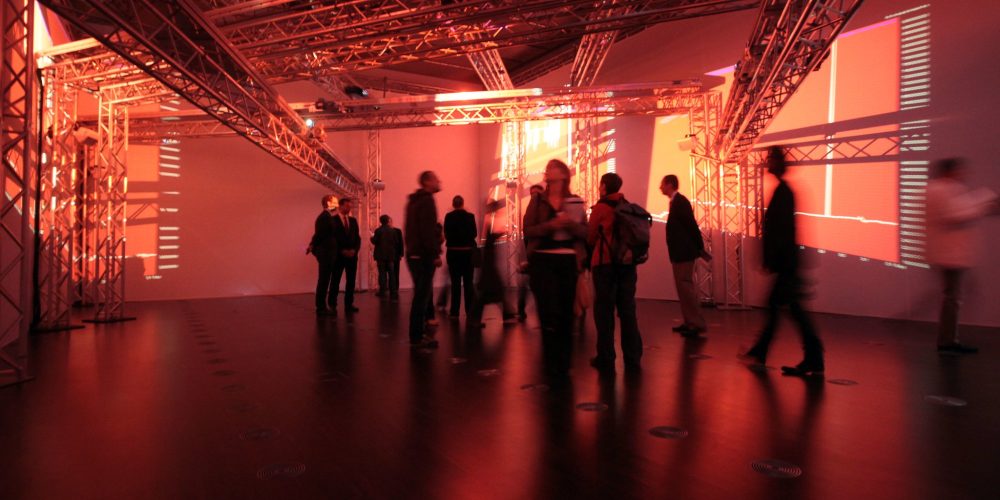
Throwback: Ready to pull the lifeline?
From September 2 to 11, 2010, the Ars Electronica Festival “REPAIR – Ready to pull the lifeline” took place on the grounds of the former tobacco factory in Linz
-
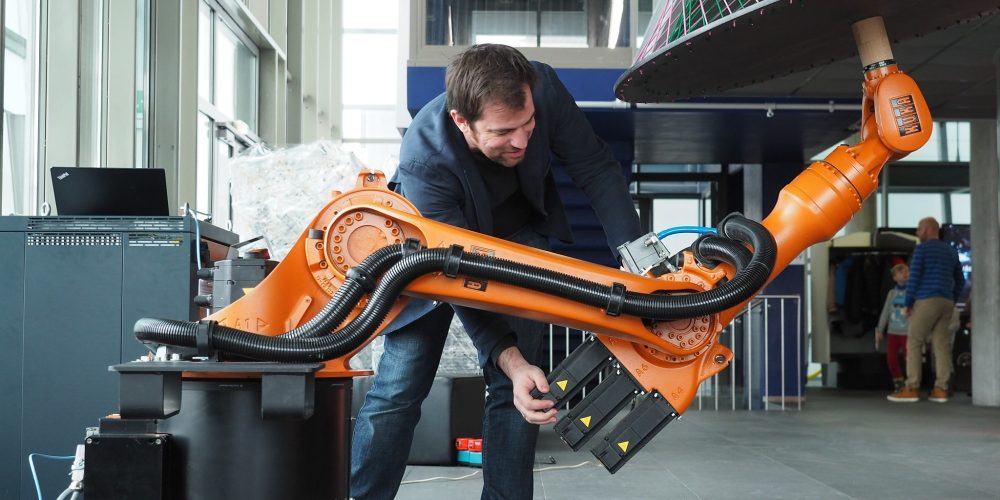
Throwback: Creative Robotics
The exhibition “Creative Robotics” traced how industrial robots, outside their original use, became a medium of artistic and creative expression and a catalyst for the implementation of innovative ideas.
-
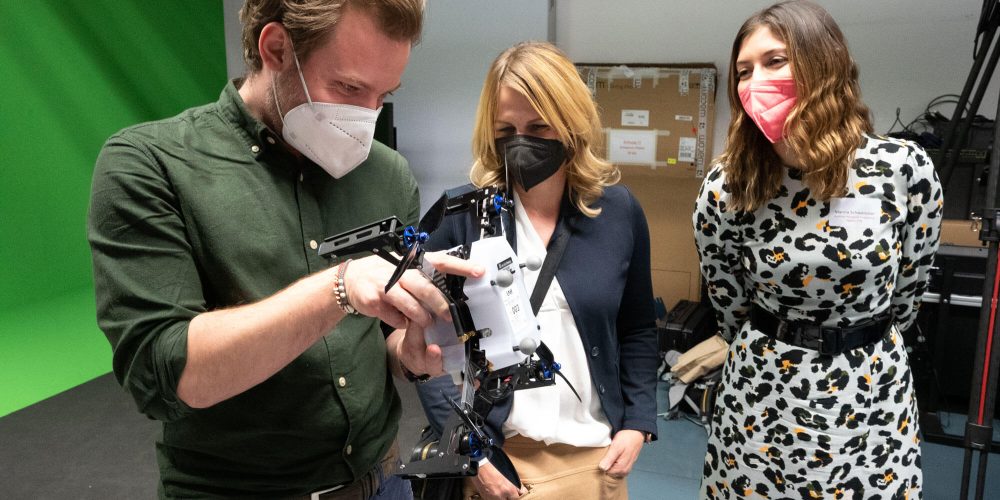
Swarm robotics up close
Drones merging to a digital canvas or painting with light: An Ars Electronica Futurelab workshop showcased the art of swarm robotics.
-
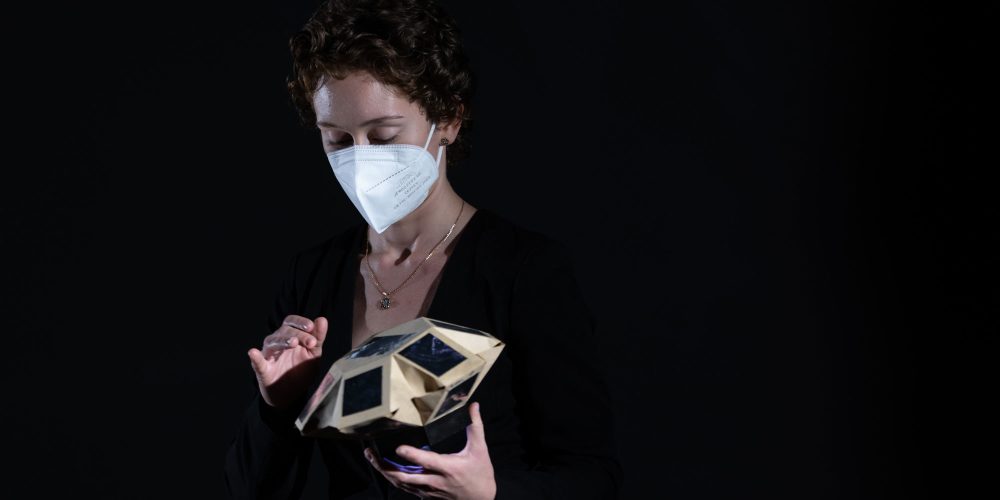
Origami, robotics and a new world of music
How do origami and robotics create music? The Ars Electronica Futurelab’s new video presents the world of oribotic instruments.
-
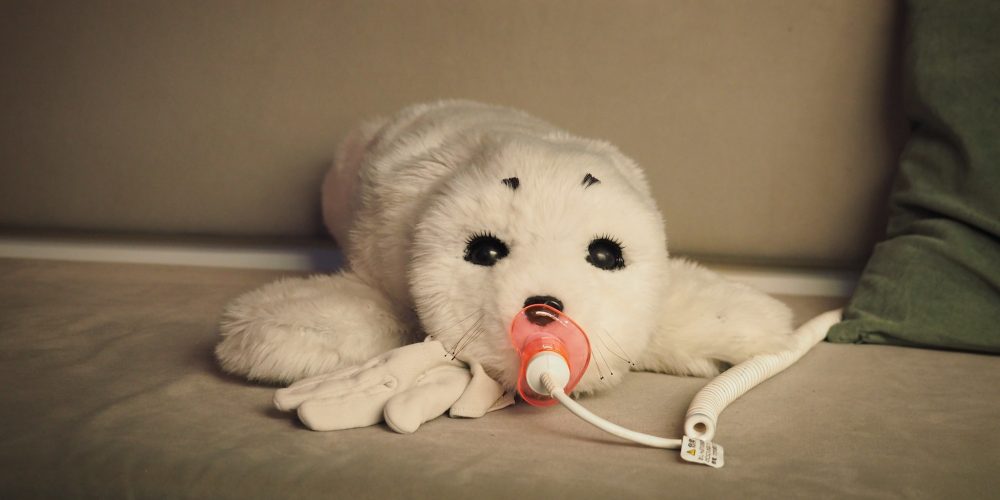
Throwback: Paro the robot seal
Paro, an assistant robot with the appearance of a seal, was a visitor magnet at the Ars Electronica Center for years.
-
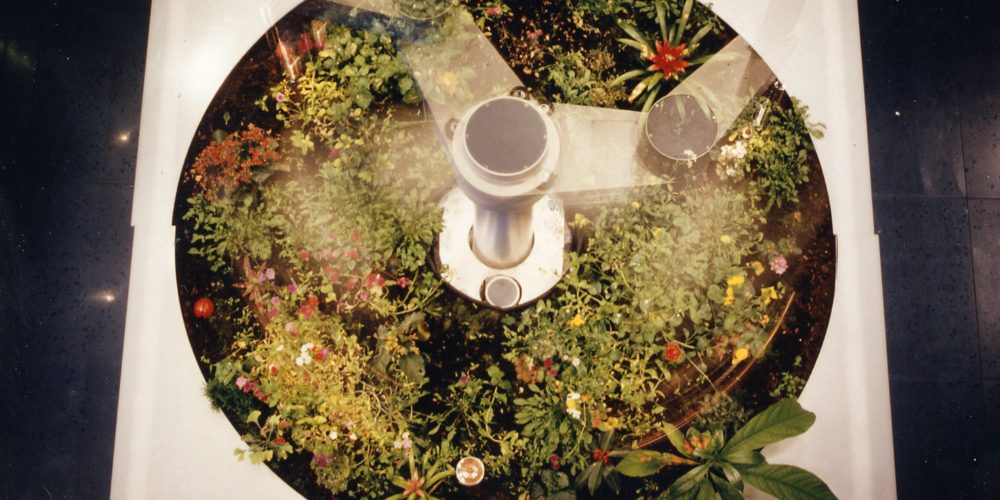
Throwback: Telegarden
The Telegarden was an art installation that allowed web users to plant, water, and monitor the progress of seedlings in a garden from a distance.
-
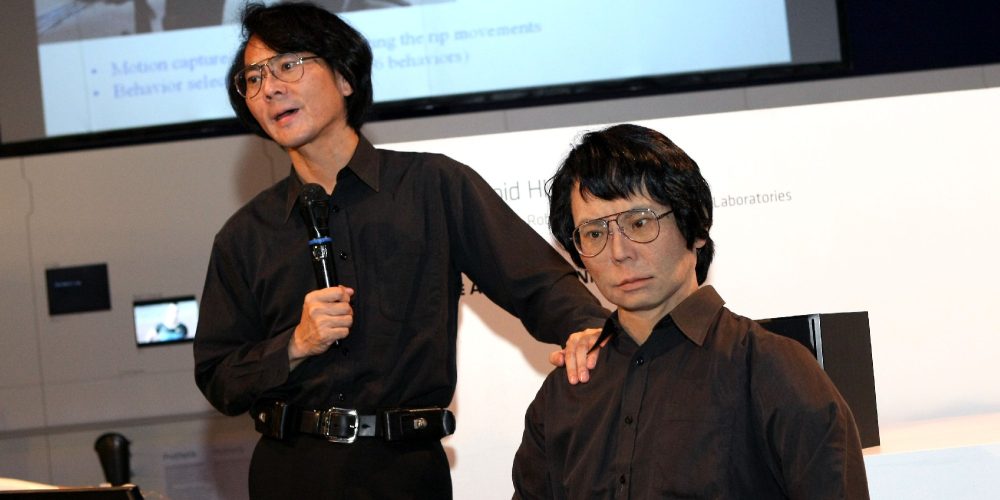
Throwback: Robots and Androids are among us
In 2009 and 2010, the Ars Electronica Center had special visitors of a somewhat different kind.
-
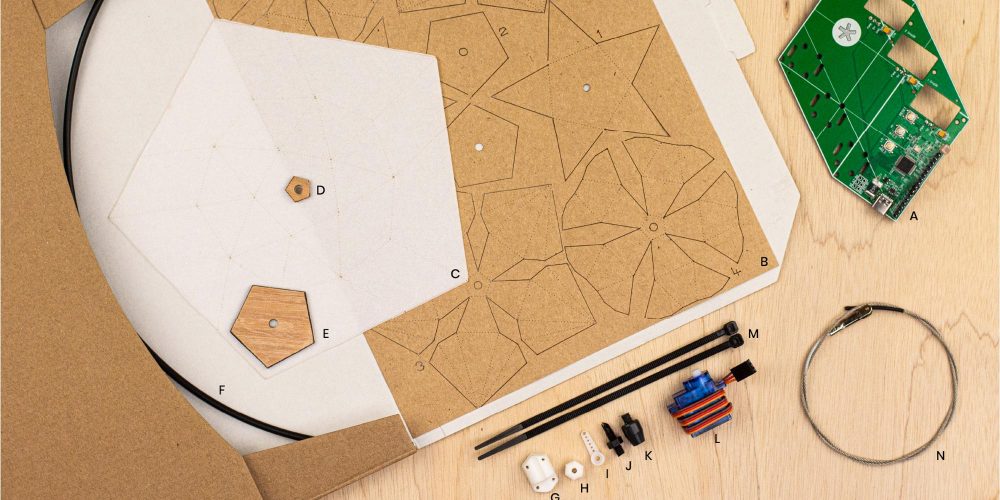
ORIBOKIT™ How to build robotic origami
With Oribokit™, a DIY kit for origami robots, Matthew Gardiner aims to collectively cross the boundaries between art and science towards the future.
-
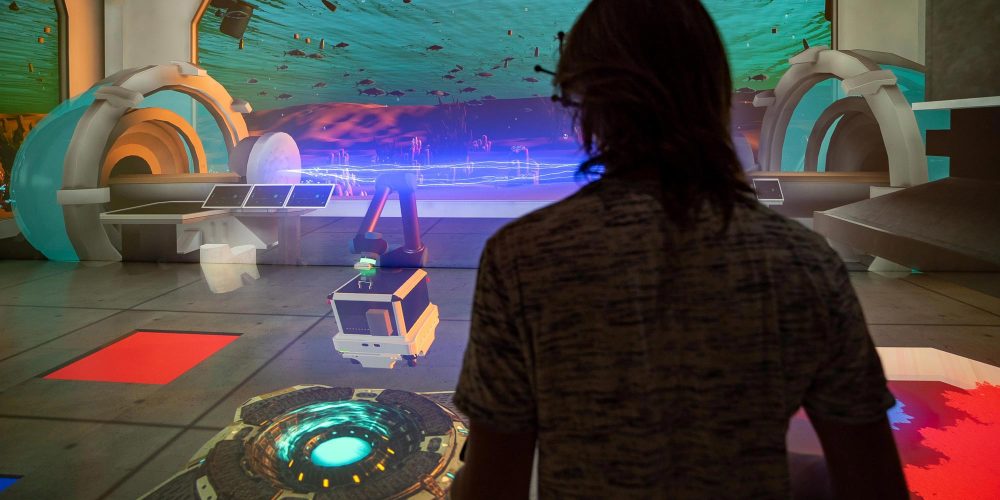
Why trust robots?
When humans and robots work side by side, it’s not always easy.
-
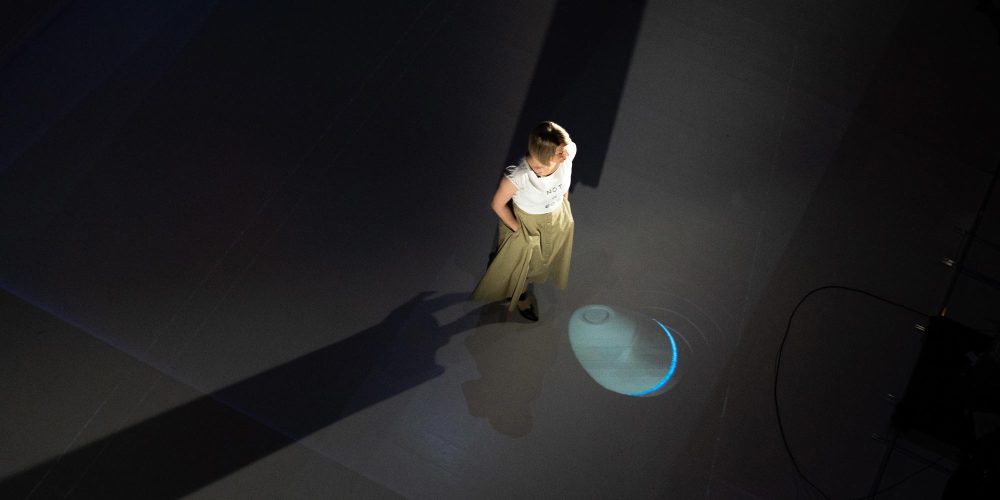
Humans, robots and the future of work
We’ve pinned our hopes for the future on them, but also regard them with suspicion: Robots will soon be part of our daily lives.
-
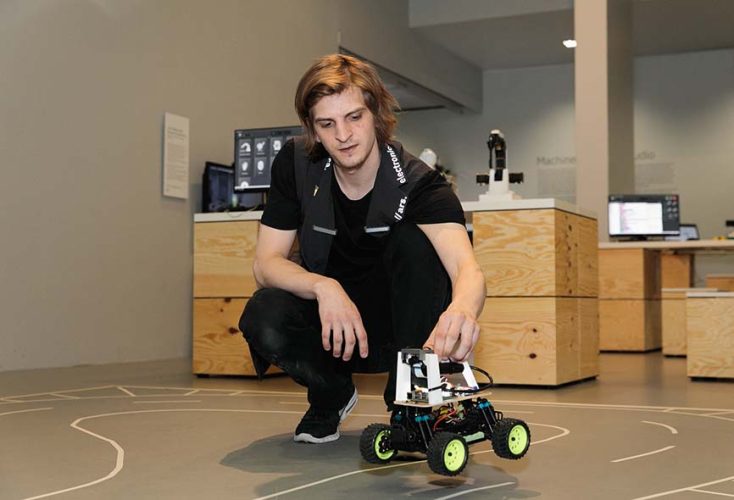
How to convert a remote controlled car into a Donkey Car
Ein “Donkey Car” ist ein selbstfahrendes Auto im Miniformat, ein ferngesteuertes Auto, das trainiert wird, um eigenständig einen Parcours bewältigen zu können. Im Rahmen der Themenwochen KI findet der Open Workshop “Donkey Training” statt, bei dem BesucherInnen mithilfe Künstlicher Intelligenz einem Roboauto das autonome Fahren beibringen können. Wir haben eine Schritt-für-Schritt-Anleitung für euch zusammengestellt, wie…
-
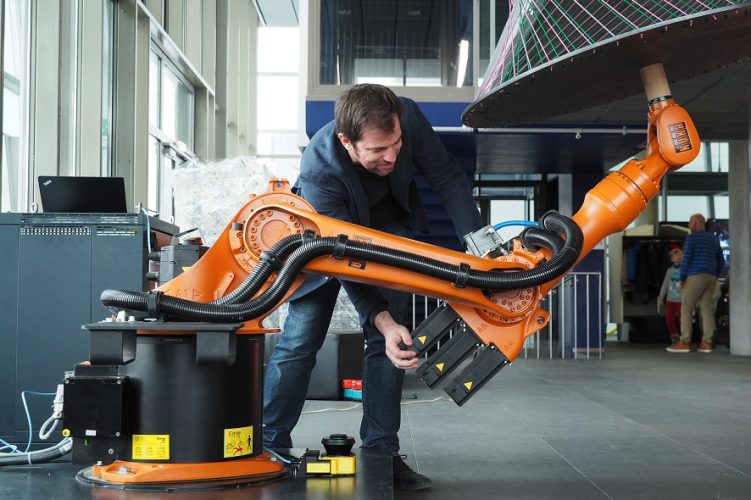
Future in a Nutshell: Creative Robotics
What could the future of robotics look like? As part of the “Future in a Nutshell” lecture series organized by Ars Electronica Export for the plastic producer Greiner, Johannes Braumann, head of the Laboratory for Creative Robotics at Linz Art University, spoke about his work. He also shared some impressions with us in this interview.
-

Human and Machine, Dancing: SILK Fluegge
At the Ars Electronica Festival’s Big Concert Night on September 9, 2018, Silke Grabinger and two members of her SILK Fluegge troupe will dance to Symphonie Fantastique performed by the Bruckner Orchestra in the Gleishalle of POSTCITY Linz. Find out more in this interview.
-
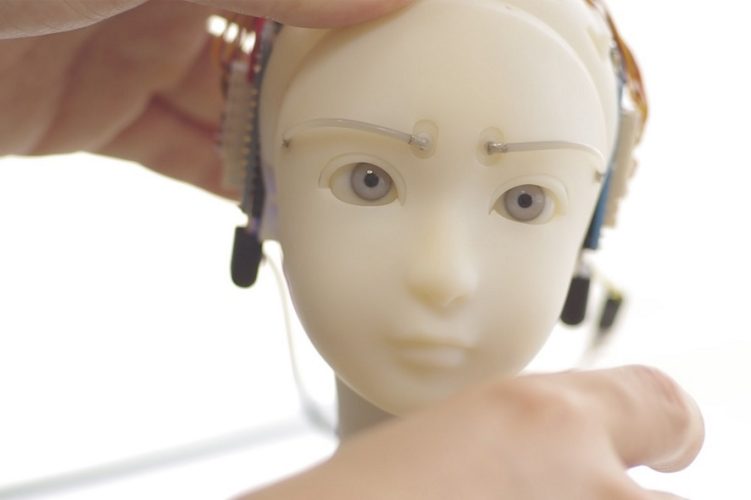
AI and Robotics: “Imperfect Versions of Our Own Minds”
“The Fractured Mirror,” anthropologist and digital ethnographer Beth Singler’s talk at the Ars Electronica Festival’s Theme Symposium on September 7, 2018, will elaborate on artificial intelligence’s effects on us human beings. She gives us an introduction to her topic in this interview.
-
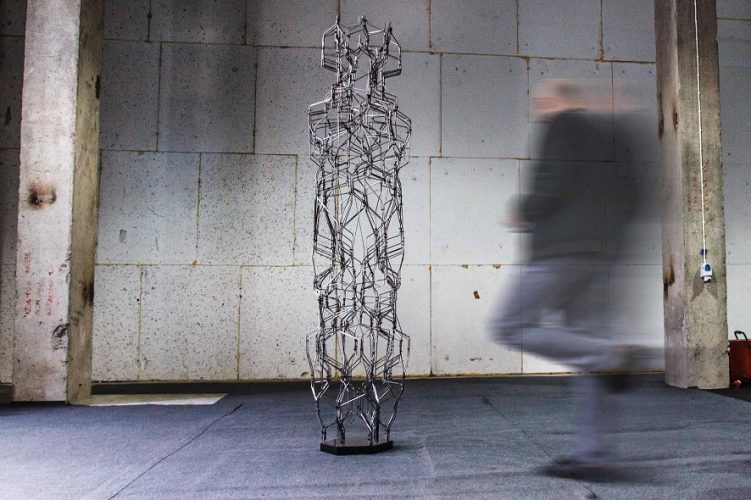
It’s Amazing How Creative Robotics Can Be!
They usually perform their tasks in huge factories or on construction sites, executing identical routines thousands or millions of times, over and over again. Or they vacuum our apartments, fully automatically. But things are different at the Ars Electronica Center. The Creative Robotics exhibition that opens on May 9, 2018 will show how robots are…
-
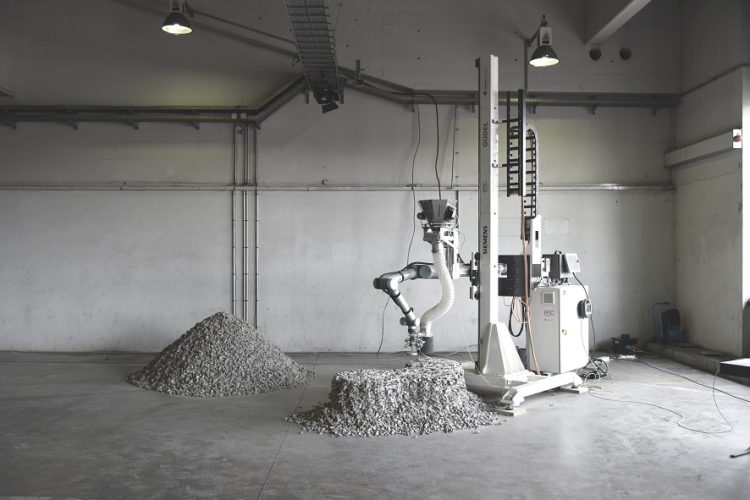
Rock Print: Building with Cable and Pebbles
The idea seems so simple—Rock Print, a STARTS Prize honoree, demonstrates how to build a large structure out of only gravel and wire. But behind the seeming simplicity is the difficulty of implementing the concept in real life. In this interview, Matthias Kohler and Fabio Gramazio of ETH–Swiss Federal Institute of Technology in Zürich tell…
-
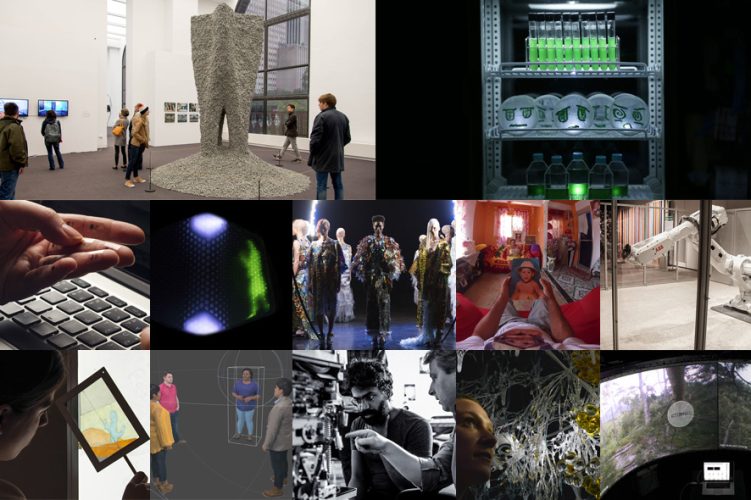
2017 STARTS Prize: Innovative Projects That Cross the Boundaries of Disciplines
Dealing with complex issues calls for marshalling insights and skills from numerous fields, cultures and perspectives. Excellence in accomplishing this is precisely what the European Commission aims to honor with the STARTS Prize. Here, we present 2017’s best projects and what the jury’s statement has to say about them. Many will be featured in a…